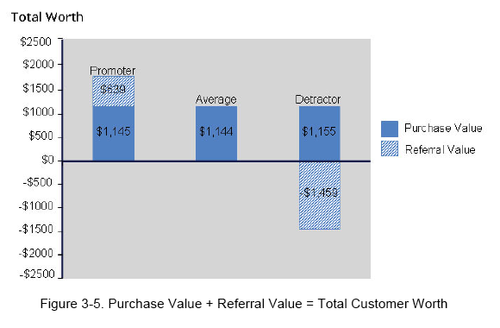I wrote a post last week about the search engine optimization (SEO) stats your dealership needs to track, and wanted to expand a bit. Your dealership website needs to allow you to track more than just SEO statistics.
The 6 things your dealership website provider needs to measure are:
- Traffic—this should include all sources like organic, paid (PPC), OEM, referring sites, and direct. If your website provider isn’t showing you which sources your traffic is using to reach your website, they need to be.
- Organic Traffic by Keyword—there are three types of keywords: branded, platinum, and long tail. Branded means someone is using your dealership name as a keyword. Platinum is typically 2-3 words and includes your city, make you sell, and “dealer” or “dealership. Long tail keywords are longer and can be specific makes, models, or even vehicle years. Challenge your website provider to take it a step further and provide you with the actual keywords that are being used to find your dealership online.
- Changes in Traffic—which months brought the most traffic to your website? Which years? If you don’t know, your website provider isn’t doing their job. Being able to see when traffic is reaching your site, as well as how, will help you determine what accounts for the shifts in numbers.
- Changes in Lead Volume—knowing when your dealership website has a dip or spike in lead conversion will help you know why these changes happened. You need to be able to see your leads on a daily, weekly, monthly and yearly basis, and see where they are coming from.
- Leads by Lead Form—does your website provider show you which lead conversion forms are doing their job? If not, how can you test which are most effective, which need work, and which can done away with? Unfortunately, you can’t—but you absolutely need to.
- Leads by Traffic Source—just as you need to know where your traffic is coming from, it’s equally important to know where your leads are coming from as well. This will allow you to see which traffic sources are converting at the best rate (organic, PPC, OEM, etc). Knowing which sources convert the best will also help you determine where you should be spending your online advertising budget.
If your website provider either doesn’t or can’t provide you with these statistics, it’s time to reconsider who you choose to create and manage your online presence.


